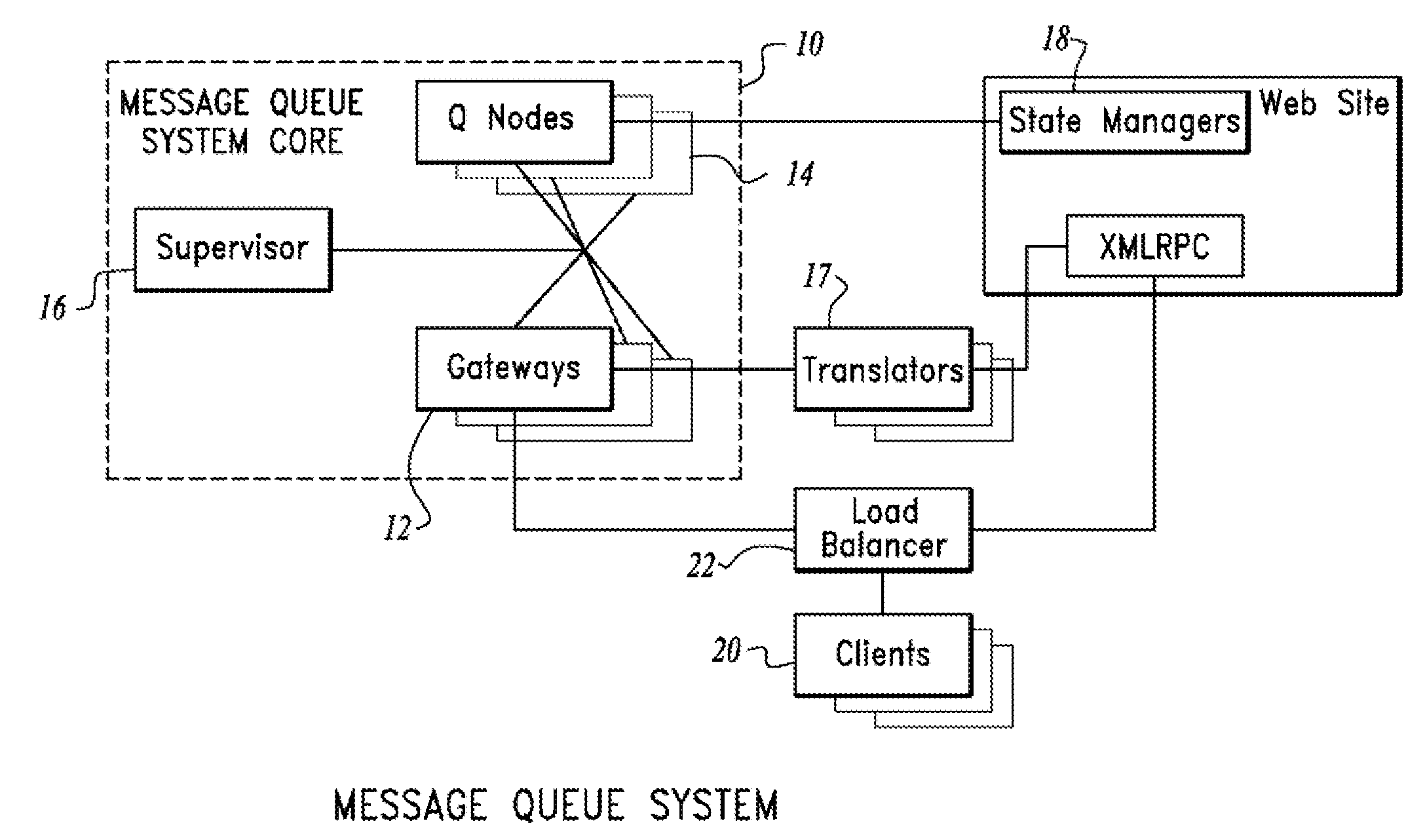System and method for providing an actively invalidated client-side network resource cache
a network resource cache and client-side technology, applied in the field of system and method, can solve the problems of increasing the difficulty of identifying and ranking the most popular content items consumed across a variety of content sources and social networks, increasing the difficulty of monitoring and managing subscribers, listening users, and the degree to which users are involved in the content of messages, and increasing the difficulty of multi-layer data caching systems. current efficiency
- Summary
- Abstract
- Description
- Claims
- Application Information
AI Technical Summary
Benefits of technology
Problems solved by technology
Method used
Image
Examples
Embodiment Construction
[0025]In the following description, for purposes of explanation, numerous specific details are set forth in order to provide a thorough understanding of the various embodiments. It will be evident, however, to one of ordinary skill in the art that the various embodiments may be practiced without these specific details.
Description of Various Example Embodiments
[0026]The Message Queue system of a particular embodiment is a stand-alone software stack, which implements a scalable, efficient, secure, flexible and easily understood message and state update switching and routing fabric. The Message Queue system is a robust, scalable message queue system to which clients connect that routes messages from the site to clients. The Message Queue system can also be considered a light-weight message queue system and state management protocol optimized for real-time interactive multi-player systems. FIG. 1 illustrates the components of the Message Queue system of an example embodiment. In an exam...
PUM
 Login to View More
Login to View More Abstract
Description
Claims
Application Information
 Login to View More
Login to View More - R&D
- Intellectual Property
- Life Sciences
- Materials
- Tech Scout
- Unparalleled Data Quality
- Higher Quality Content
- 60% Fewer Hallucinations
Browse by: Latest US Patents, China's latest patents, Technical Efficacy Thesaurus, Application Domain, Technology Topic, Popular Technical Reports.
© 2025 PatSnap. All rights reserved.Legal|Privacy policy|Modern Slavery Act Transparency Statement|Sitemap|About US| Contact US: help@patsnap.com



